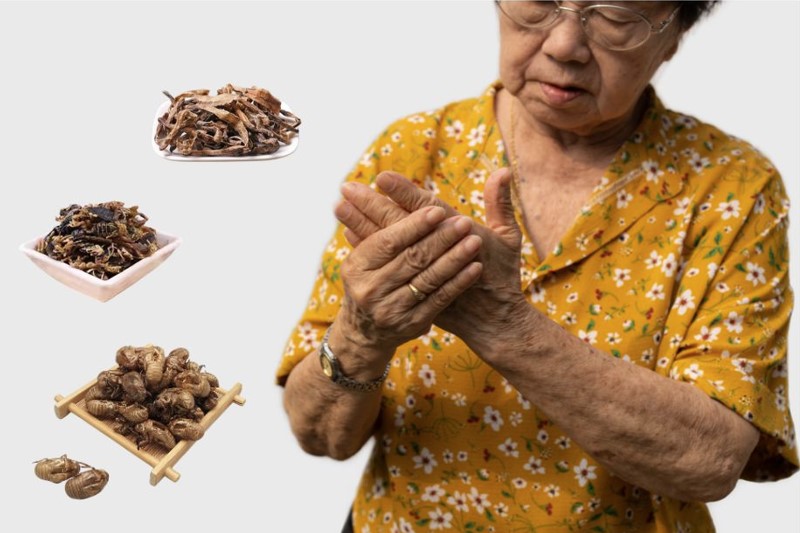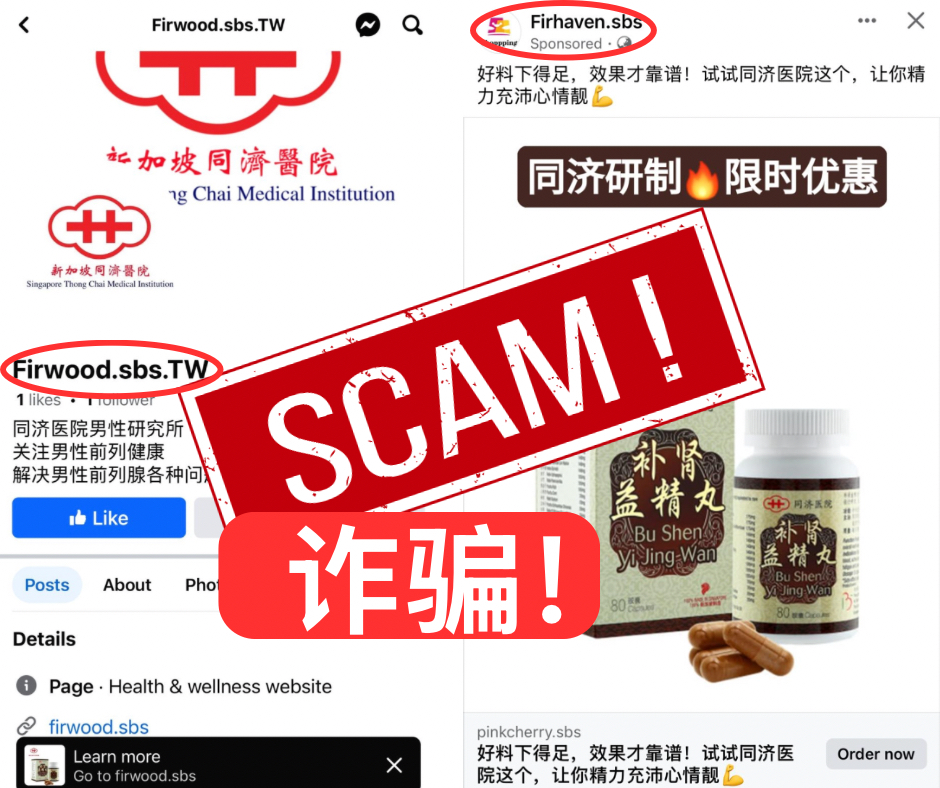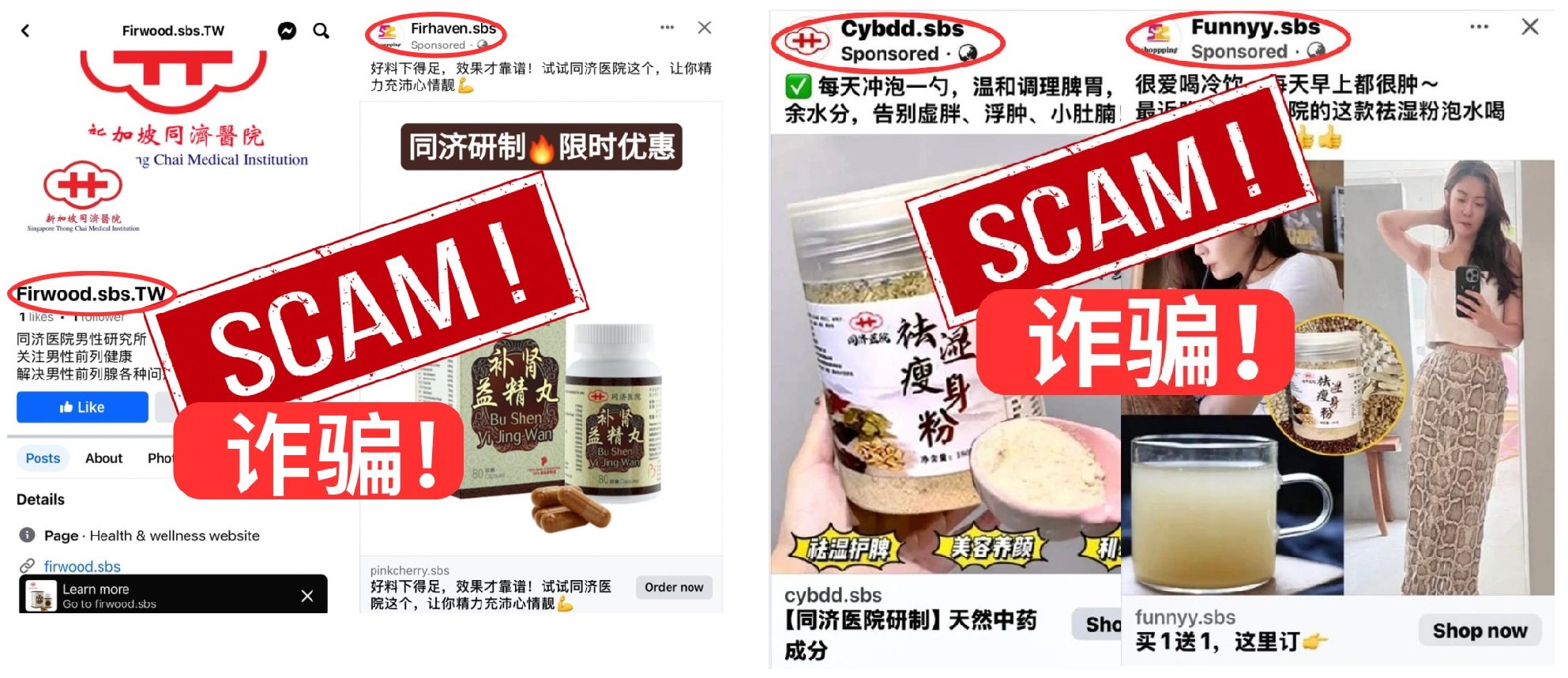类风湿关节炎在中医的病名可归属于“痹证”,它的主要病因为风寒湿邪侵袭,导致经络阻滞,不通则痛,而内有气血亏虚,肝肾不足之发病基础。当病情日久,邪气深入经骨,湿痰瘀浊胶固,气血凝滞不行,经络闭塞不通,草木类中药的药力已不足以驱邪,故需虫类药的搜风窜透之功。
一些较常用的虫类药与它们的常规用量包括:
– 全蝎(有毒):煎服3-6g,研末0.5-1g。
– 蜈蚣(有毒):煎服3-5g,研末0.5-1g。
– 乌梢蛇(无毒):煎服6-12g,研末2-3g。
– 地龙(无毒):煎服5-10g,研末1-2g。
– 蕲蛇(有毒):煎服3-9g,研末1-1.5g。
– 土鳖虫(小毒):煎服3-10g。
– 僵蚕(无毒):煎服 5-10g,研末1-3g。
从以上列表可见,虫类药很多都有毒性,所以其临床使用安全性需要更多的探讨。
通过阅读与结合一些文献的结果后,得出的结论是虫类药治疗类风湿关节炎均有疗效,适当用也不会产生或增加不良反应。有动物实验显示虫类药能降低患有类风湿关节小鼠的白细胞介素-6(IL-6)和肿瘤坏死因子α (TNF-α),因而减少炎症与关节骨头侵蚀破坏等。一些随机对照实验也发现经过虫类药或虫类药配合西药的治疗后,患者的指标如血沉(ESR)、C反应蛋白(CRP)、疾病活动评估(DAS)28、ACR20/50/70等均有得到改善,并且关节肿痛、活动与晨僵等症状也得到减缓。另外,有研究结果显示西药与中药治疗的不良反应发生率均相同,使用虫类药也不会增加不良反应的发生。
但是这些研究使用的中药方中都有配伍其他药物,毒性可能已被其他中药中和掉而不致不良反应。而且这些研究的疗程较短(2-6个月),毒性可能需更长时间累积才产生不良反应的表现,所以长期单用虫类药的效果与副作用需要更多的探讨。
如何安全地运用虫类药:
1. 交替使用几种虫类药,以减少药物毒性累积 e.g. 全蝎换蜈蚣、乌梢蛇换蕲蛇
2. 配伍用药能减毒增效,如为了防止虫药辛温燥烈伤阴津,能加生地黄、石斛、麦冬等滋阴养血。
3. 药味药量要按患者体质调整,正虚体弱之人宜药味少、药量小,而且多配伍补益药。
4. 定期复查肝肾功能,以防虫类药毒性累积伤肝肾。
References
- 黄秋明. 治疗类风湿关节炎的常用中药. 中国中医药现代远程教育.2014,12(04):110-111.
- Li Y, Li R, Ouyang Z, et.al. Herb Network Analysis for a Famous TCM Doctor’s Prescriptions on Treatment of Rheumatoid Arthritis. Evid Based Complement Alternat Med. 2015:451319.
- 周夏妃.中药治疗类风湿关节炎的用药规律研究. 当代医药论丛.2019,17(07):211-213.
- Li Y, Jin Q, Li Z, et.al. Misdiagnosed centipede and scorpion poisoning characterized by delayed hypersensitivity reaction: A case report. Medicine (Baltimore). 2022,101(51):e32288.
- Lam PK, Wong TW, Chan YC, et.al. Generalised involuntary limb twitching after ingestion of Mesobuthus martensii Karsch (Quanxie) powder. Hong Kong Med J. 2014,20(6):552-5.
- Ling Y, Yang J, Hua D, et.al. ZhiJingSan Inhibits Osteoclastogenesis via Regulating RANKL/NF-κB Signaling Pathway and Ameliorates Bone Erosion in Collagen-Induced Mouse Arthritis. Front Pharmacol. 2021, 28;12:693777.
- 王诗尧, 许少策, 师政伟, 等. 骨重建过程中降钙素基因相关肽与 RANK/RANKL/OPG 作用机制的研究进展. 中国修复重建外科杂志. 2019, 33(4): 511-515.
- 林良佳. 虫类药治疗顽固性类风湿性关节炎疗效观察. 新中医. 2016,48(07):117-119.
- 卞小芳, 杨杰, 许超, 等. 自拟搜风散结方联合西药治疗痰瘀痹阻型类风湿关节炎40例临床观察. 中国民族民间医药. 2021,30(19):101-105.
- 陈哲, 涂胜豪, 胡永红, 等. 中西药治疗类风湿关节炎随机对照的临床研究. 中国康复.2011,26(06):415-417.
- 李锦, 吴洪文, 陈少卿, 等. 蝎龙酒治疗类风湿性关节炎60例疗效观察. 吉林中医药. 2012,32(02):174-175.
- 谢志敏, 吴德鸿, 刘东洋, 等. 中西医结合治疗类风湿关节炎疗效与安全性的系统评价. 中华中医药学刊. 2019,37(02):290-296.
- Hua D, Yang J, Meng Q, et.al. Soufeng sanjie formula alleviates collagen-induced arthritis in mice by inhibiting Th17 cell differentiation. Chin Med. 2021,16(1):39.
- Ling Y, Yang J, Hua D, et.al. ZhiJingSan Inhibits Osteoclastogenesis via Regulating RANKL/NF-κB Signaling Pathway and Ameliorates Bone Erosion in Collagen-Induced Mouse Arthritis. Front Pharmacol. 2021,12:693777.
Click to download PowerPoint



